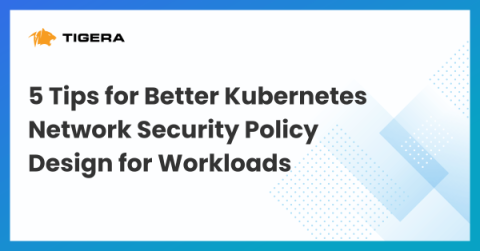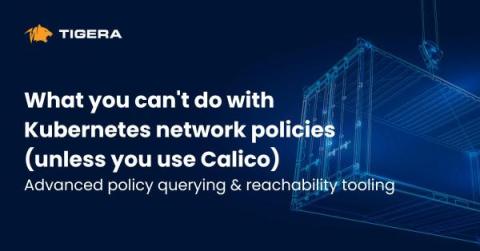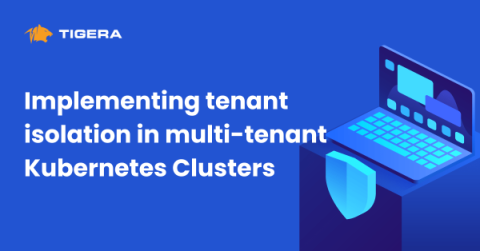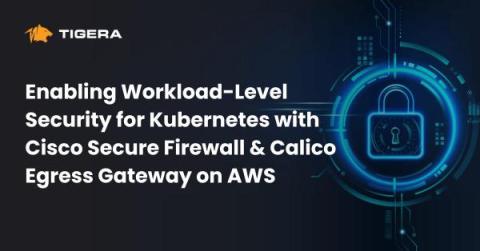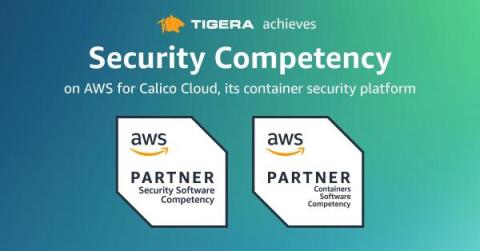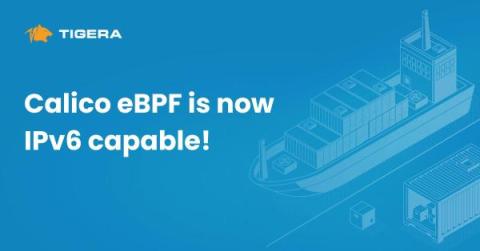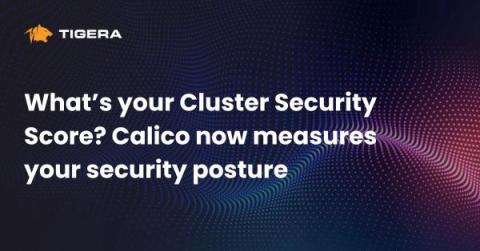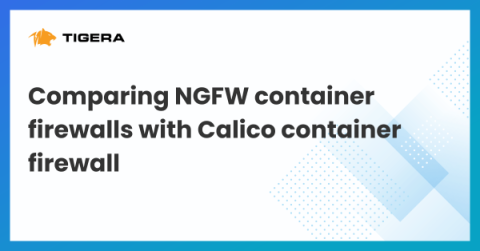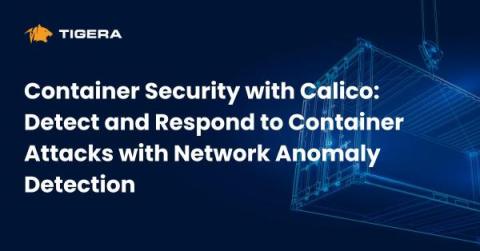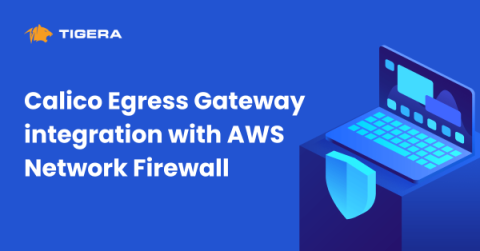5 Tips for Better Kubernetes Network Security Policy Design for Workloads
The surge of cloud-native applications has propelled Kubernetes into the forefront, revolutionizing how we manage and deploy workloads. However, this exponential growth has also increased the security challenges, and attack surface, DevOps and Security teams must address. As we discussed in a previous blog post, traditional network security measures fall short when presented with Kubernetes’ dynamic nature, demanding a paradigm shift towards more adaptable solutions.


